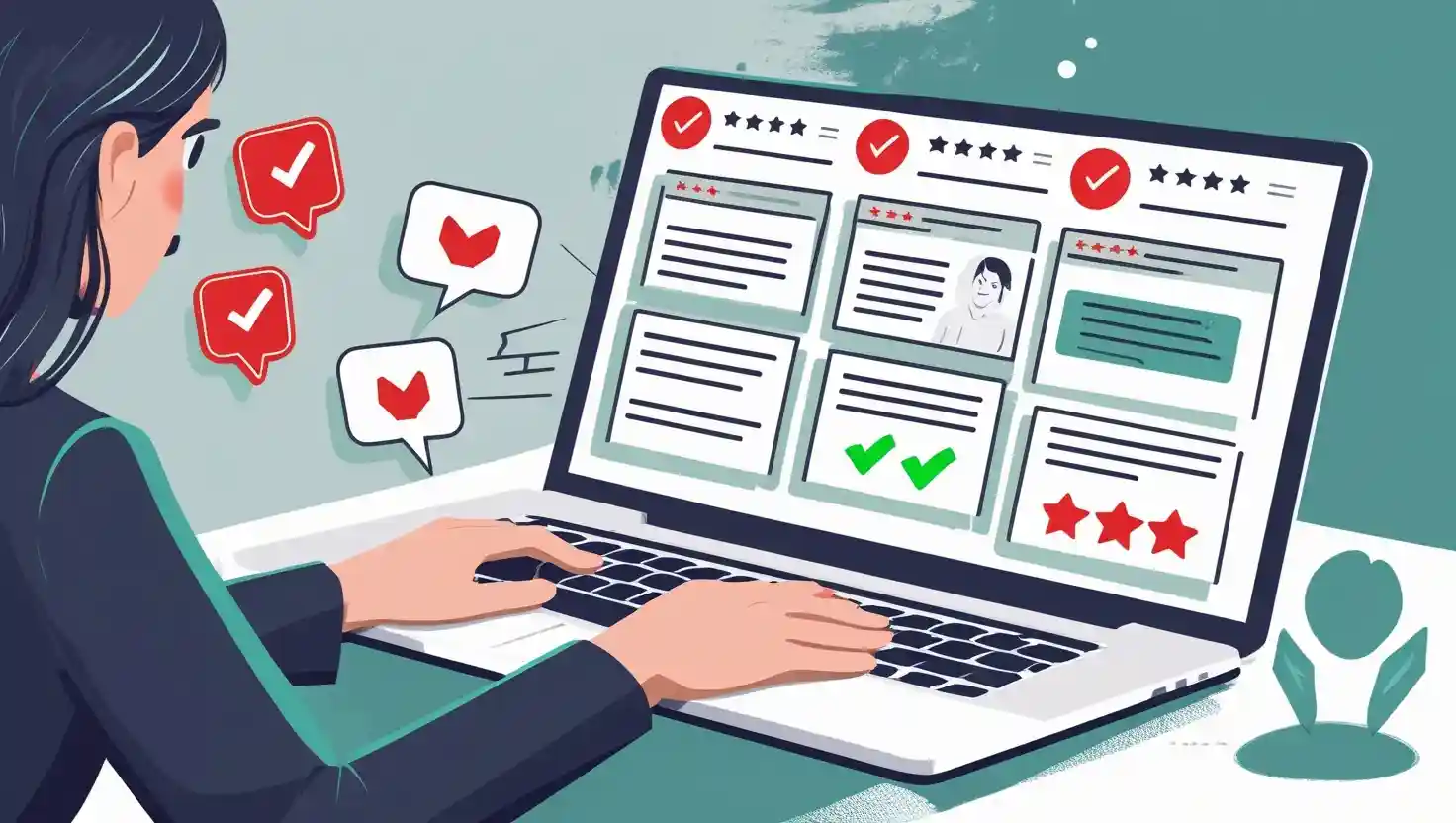
In today’s online shopping world, reviews are everything. We read them before buying gadgets, clothes, kitchen tools — even toothpaste. But here’s the tricky part: not all reviews are real. Some are written by paid reviewers, bots, or even companies themselves to boost products. So, how do you know what’s genuine and what’s fake?
Let’s break it down in a simple, no-nonsense way.
Have you ever noticed several reviews that sound oddly similar? That’s a big red flag. Fake reviews often use repeated words like “amazing quality,” “super fast delivery,” or “must buy!” They feel unnatural, as if written by someone paid to promote rather than a real buyer sharing honest thoughts.
Tip: Read 4–5 reviews carefully. If the language feels copy-pasted, chances are it is.
If a product suddenly has 30 reviews posted on the same day or within a short time frame, it might be suspicious. Real buyers leave feedback at random times. A sudden spike in positive reviews could mean a review campaign is underway.
Tip: Check the timeline. A steady flow of reviews over months feels more authentic than 50 five-star reviews in one weekend.
Fake reviews are often vague. They say things like, “Great product! Loved it!” without explaining what exactly they liked. Real reviews usually mention something specific, like battery life, packaging, size, comfort, etc.
Tip: Trust reviews that explain the experience, not just the emotion.
There are free websites and browser extensions like Fakespot or ReviewMeta that scan reviews for authenticity. They use smart algorithms to rate how trustworthy the reviews are.
Tip: Before buying, run the product URL through one of these tools. It only takes a few seconds and can save you from wasting money.
On platforms like Amazon, you can click on the reviewer’s name. If the person has only reviewed one product or has reviewed dozens of unrelated products (a toaster, a phone case, a baby monitor) in a week, be careful. That’s a red flag.
Tip: Real reviewers often have a history of consistent, thoughtful feedback.
A product with only perfect scores is too good to be true. Likewise, all 1-star reviews could be the result of review bombing (when people leave negative reviews for reasons unrelated to the product). Balanced reviews (with both pros and cons) are a healthy sign.
Tip: A mix of 3, 4, and 5-star reviews is a good indicator of honest feedback.
If you're still unsure, look for reviews outside the shopping site — on YouTube, blogs, or forums. Independent reviews are usually more honest because they’re not influenced by seller incentives.
Tip: Just Google the product name followed by “review” and explore non-store results.
Online reviews can be super helpful — but only if they’re real. With a little awareness and smart checking, you can easily spot fake ones and make smarter buying decisions. Remember, it’s your money. Spend it wisely.
Happy (and safe) shopping!